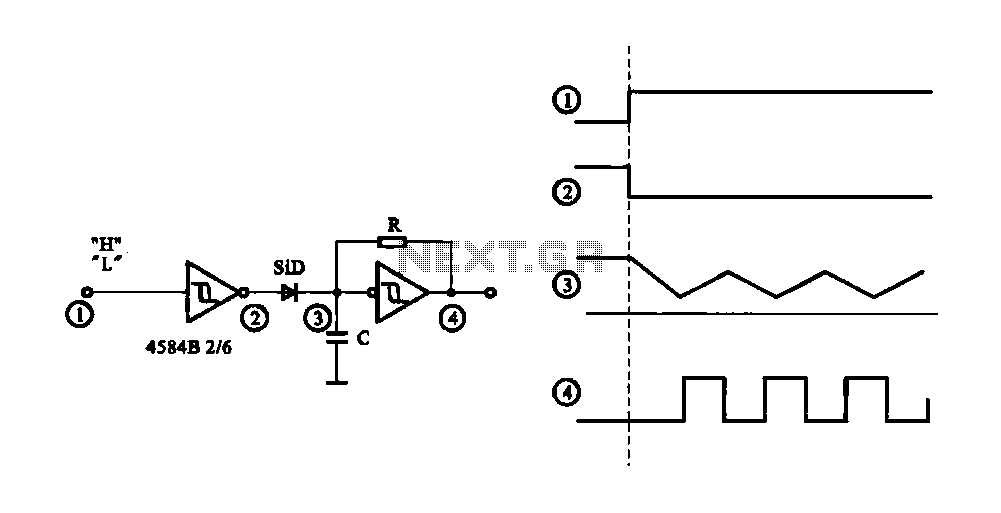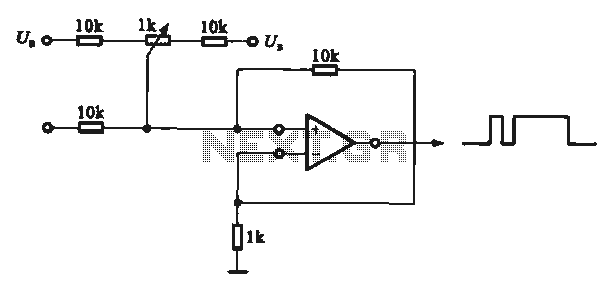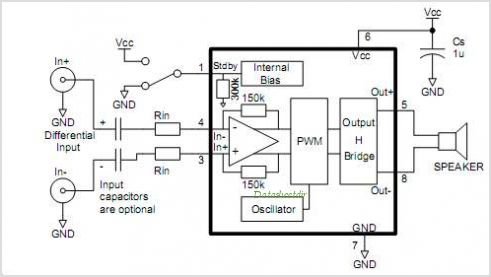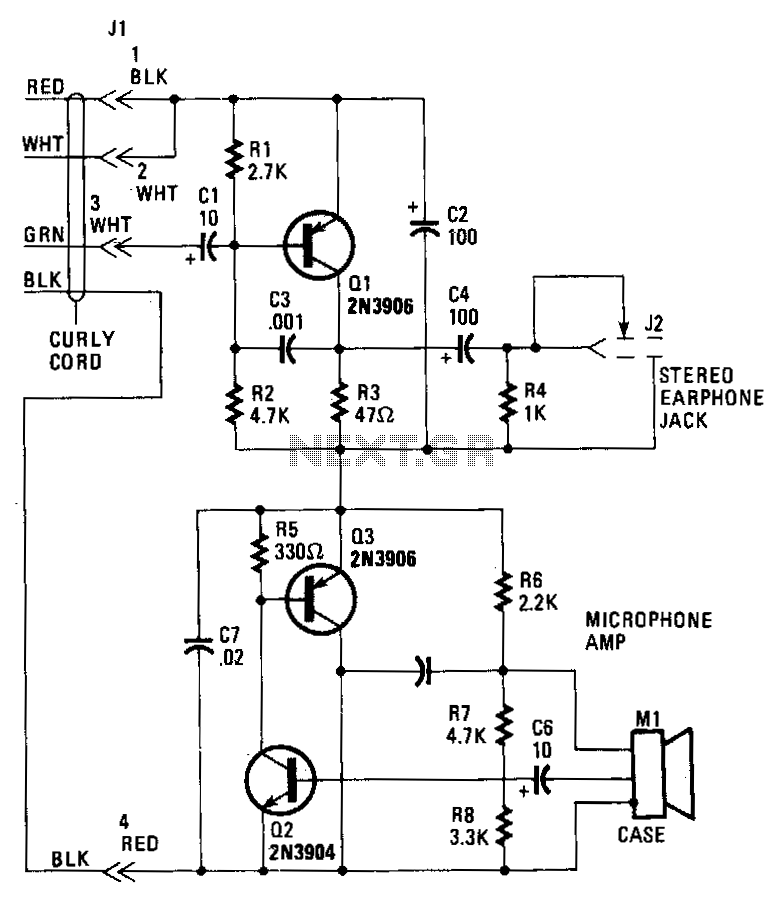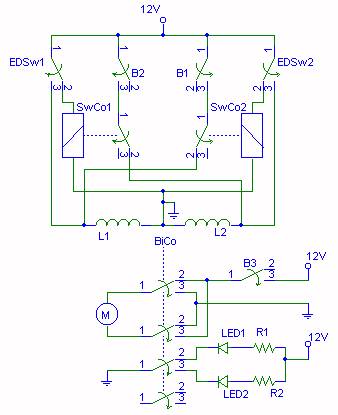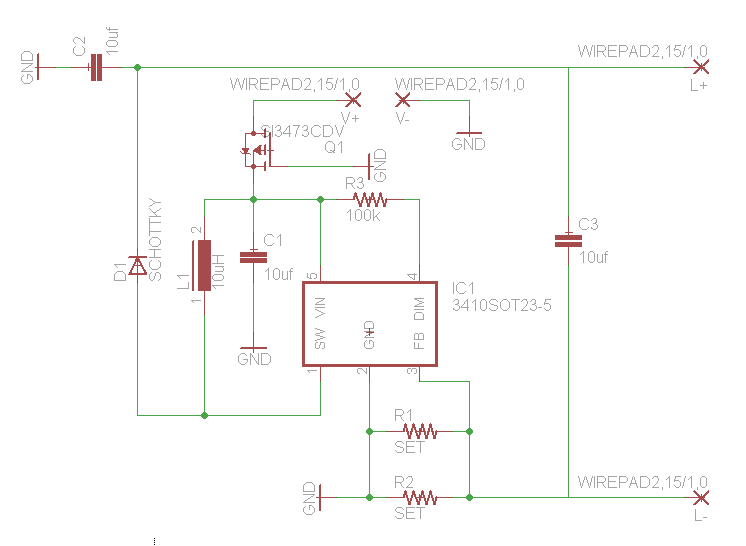
Free energy generating coil
Warning: Undefined array key "extension" in /var/www/html/nextgr/view-circuit.php on line 468
Deprecated: strtolower(): Passing null to parameter #1 ($string) of type string is deprecated in /var/www/html/nextgr/view-circuit.php on line 468
The disk magnets are attracted to each end of the power coil. The coil is pulse charged, causing the permanent magnetic field to push away from the center of the coil. When the electromagnetic field collapses in the coil, the permanent field reestablishes within the coil, generating a charge without any moving magnets. The charge circuit and the output circuit are isolated by an industrial DPDT Reed Switch. Pulsing the coil without the magnets yielded no output, confirming that back electromotive force (BEMF) is not the cause. The connections are made from inside 1 to inside 3 and from inside 2 to inside 4, with the same configuration on the outside. Output is taken from the two junctions on the outside. Incorrect wiring methods were identified, emphasizing the importance of careful reading of instructions. The Joule Thief or Tesla high-voltage bifilar wrap consists of two wires with four ends: two inside and two outside, with the start of the outside connected to the end of the inside. The four-wire intercom coil has four wires and eight ends, with four inside and four outside. If the connections are made from start to end twice and two ends are attached together in series, the coil ceases to function. The Cook schematic illustrates two parallel loops in series, where one coil loop serves as a trigger coil and the other as a power coil in a Bedini circuit. Any bifilar Joule Thief Ferrite Toroid or air core spool will generate a spontaneous charge when a capacitor and fast switching diode are connected in series to the open leads. The four-wire coil should consist of two parallel loop coils in series through the capacitor and diode, resulting in a significant difference in output. Testing on an air core bifilar spool of thin magnet wire around 30 gauge, wired in a Joule Thief style, is recommended. A diametric cylinder or tube that fits snugly in the core should be used. It is crucial to ensure the fast switching diode is functioning correctly and not damaged. This charging effect has been reliably observed. The cost of neodymium magnets raises concerns, but it is believed that power generation is possible, though it may be limited in output. Floyd Sweet’s Vacuum Triode Amplifier (VTA), as named by Colonel Bearden, utilizes the same three components: a coil sandwiched between two block magnets. Floyd employed a high-voltage coil to pulse and recover output, claiming an overunity factor in the tens of megawatts. He conditioned his magnets by charging ceramic metals with wall current. Without magnets, the system may not yield significant results. JL Naudin’s 2Sgen functions similarly to a magnet pump, akin to Dr. Dragone’s and Floyd Sweet’s VTA, with this variation achieving an eightfold overunity. The high permeability of the metglass toroid allows for higher pulse frequencies, and the toroid is magnetized by the small disk neodymium. The charge appears in the coil when the toroidal field remanifests in the copper wire after the release of coil compression following collapse.
The described circuit configuration involves a power coil integrated with disk magnets at both ends, which are crucial for the generation of charge through electromagnetic principles. The pulse charging of the coil induces a transient magnetic field that interacts with the permanent magnets, leading to a repulsion effect that creates potential energy. This potential energy is harnessed when the electromagnetic field collapses, allowing the system to generate a charge without mechanical movement.
The isolation of the charge and output circuits via a DPDT Reed Switch ensures that the generated charge is not affected by the load conditions, maintaining circuit integrity. The use of a bifilar winding technique, as seen in the Joule Thief design, enhances the efficiency of the energy transfer, allowing for the creation of a high-voltage output from a relatively low input, which is critical for applications requiring compact power sources.
In practical applications, the choice of materials, such as the use of metglass toroids and neodymium magnets, directly influences the performance of the circuit. The high-frequency capabilities of the metglass material allow for rapid switching, which is essential in maximizing the energy output during each cycle of operation. Furthermore, the implementation of capacitors and fast switching diodes in the circuit design is vital for smoothing and rectifying the output, ensuring that the energy harvested is usable for various electronic applications.
Overall, the described system highlights the intricate relationship between magnetic fields, coil configurations, and electronic components, showcasing a sophisticated approach to energy generation that leverages both classical electromagnetic principles and modern circuit design techniques.The disk magnets are in attraction on each end of the power coil. The coil is pulse charged, forcing the permenent magnet field to push away from the center of the coil. When the electromagntic field collapses in the coil, the permanent field reforms in the coil and generates a charge without any moving magnets.
The charge circuit and the output circuit are isolated by an industrial DPDT Reed Switch. I tried pulsing the coil without the magnets and got nothing, so it`s definitly not BEMF. Inside 1 to inside 3. Inside 2 to inside 4. Same on the outside. Output from the two junctions on the outside. You found all the wrong ways to wire it. Pay attention to what you`re reading. The Joule Theif or Tesla hi-voltage bifilar wrap has 2 wires and 4 ends: 2 inside, 2 outside with the start of the outside attached to the end of the inside. The 4 wire intercom coil has 4 wires and 8 ends. 4 wires inside and 4 wires outside. Now if you go start to end twice and then attach two of those ends together in series, the coil drops dead.
The Cook schematic shows 2 parallel loops in series! This way, one coil loop will act as a trigger coil and the other coil loop a power coil in a Bedini circuit. Any bifilar Joule Thief Ferrite Toroid, or air core spool, will generate a spontaneous charge with a capacitor and fast switching diode in series attached to the open leads.
The 4 wire coil needs to be 2 parallel loop coils in series through the capacitor and diode. This amounts to a very big difference! I`m sorry if I confused anyone. Try it on an air core bifilar spool of thin magnet wire around 30 gauge wired start to end Joule Thief style. Place a diametric cylinder or tube that fits snugly in the core. Make sure the fast switching diode is functioning correctly and not burned out. I got this charging effect every time, never failed once. I wondered about that myself because the cost of the neodydmiums is so great now. I`m certain it would generate power, but it would most likely be
Floyd used a Hi-Voltage coil to pulse and recover output and claimed 10`s of Mega range OU factor. Floyd conditioned his own magnets by charging ceramic metals with wall current. Without the magnets, I think you`d just be treading water. JL Naudin`s 2Sgen is a Magnet Pump too! JLN`S Magnet Pump works the same way as Dr. Dragone`s and Floyd Sweets VTA. This variation`s 8x overunity. The high permeability of the metglass toroid allows for higher pulse frequency. The toroid`s magnatized by the tiny disk neo. The charge appears in the coil when the toroid field remanifests in the copper wire after coil compression`s released after collapse. 🔗 External reference
The described circuit configuration involves a power coil integrated with disk magnets at both ends, which are crucial for the generation of charge through electromagnetic principles. The pulse charging of the coil induces a transient magnetic field that interacts with the permanent magnets, leading to a repulsion effect that creates potential energy. This potential energy is harnessed when the electromagnetic field collapses, allowing the system to generate a charge without mechanical movement.
The isolation of the charge and output circuits via a DPDT Reed Switch ensures that the generated charge is not affected by the load conditions, maintaining circuit integrity. The use of a bifilar winding technique, as seen in the Joule Thief design, enhances the efficiency of the energy transfer, allowing for the creation of a high-voltage output from a relatively low input, which is critical for applications requiring compact power sources.
In practical applications, the choice of materials, such as the use of metglass toroids and neodymium magnets, directly influences the performance of the circuit. The high-frequency capabilities of the metglass material allow for rapid switching, which is essential in maximizing the energy output during each cycle of operation. Furthermore, the implementation of capacitors and fast switching diodes in the circuit design is vital for smoothing and rectifying the output, ensuring that the energy harvested is usable for various electronic applications.
Overall, the described system highlights the intricate relationship between magnetic fields, coil configurations, and electronic components, showcasing a sophisticated approach to energy generation that leverages both classical electromagnetic principles and modern circuit design techniques.The disk magnets are in attraction on each end of the power coil. The coil is pulse charged, forcing the permenent magnet field to push away from the center of the coil. When the electromagntic field collapses in the coil, the permanent field reforms in the coil and generates a charge without any moving magnets.
The charge circuit and the output circuit are isolated by an industrial DPDT Reed Switch. I tried pulsing the coil without the magnets and got nothing, so it`s definitly not BEMF. Inside 1 to inside 3. Inside 2 to inside 4. Same on the outside. Output from the two junctions on the outside. You found all the wrong ways to wire it. Pay attention to what you`re reading. The Joule Theif or Tesla hi-voltage bifilar wrap has 2 wires and 4 ends: 2 inside, 2 outside with the start of the outside attached to the end of the inside. The 4 wire intercom coil has 4 wires and 8 ends. 4 wires inside and 4 wires outside. Now if you go start to end twice and then attach two of those ends together in series, the coil drops dead.
The Cook schematic shows 2 parallel loops in series! This way, one coil loop will act as a trigger coil and the other coil loop a power coil in a Bedini circuit. Any bifilar Joule Thief Ferrite Toroid, or air core spool, will generate a spontaneous charge with a capacitor and fast switching diode in series attached to the open leads.
The 4 wire coil needs to be 2 parallel loop coils in series through the capacitor and diode. This amounts to a very big difference! I`m sorry if I confused anyone. Try it on an air core bifilar spool of thin magnet wire around 30 gauge wired start to end Joule Thief style. Place a diametric cylinder or tube that fits snugly in the core. Make sure the fast switching diode is functioning correctly and not burned out. I got this charging effect every time, never failed once. I wondered about that myself because the cost of the neodydmiums is so great now. I`m certain it would generate power, but it would most likely be
Floyd used a Hi-Voltage coil to pulse and recover output and claimed 10`s of Mega range OU factor. Floyd conditioned his own magnets by charging ceramic metals with wall current. Without the magnets, I think you`d just be treading water. JL Naudin`s 2Sgen is a Magnet Pump too! JLN`S Magnet Pump works the same way as Dr. Dragone`s and Floyd Sweets VTA. This variation`s 8x overunity. The high permeability of the metglass toroid allows for higher pulse frequency. The toroid`s magnatized by the tiny disk neo. The charge appears in the coil when the toroid field remanifests in the copper wire after coil compression`s released after collapse. 🔗 External reference
Warning: include(partials/cookie-banner.php): Failed to open stream: Permission denied in /var/www/html/nextgr/view-circuit.php on line 713
Warning: include(): Failed opening 'partials/cookie-banner.php' for inclusion (include_path='.:/usr/share/php') in /var/www/html/nextgr/view-circuit.php on line 713
